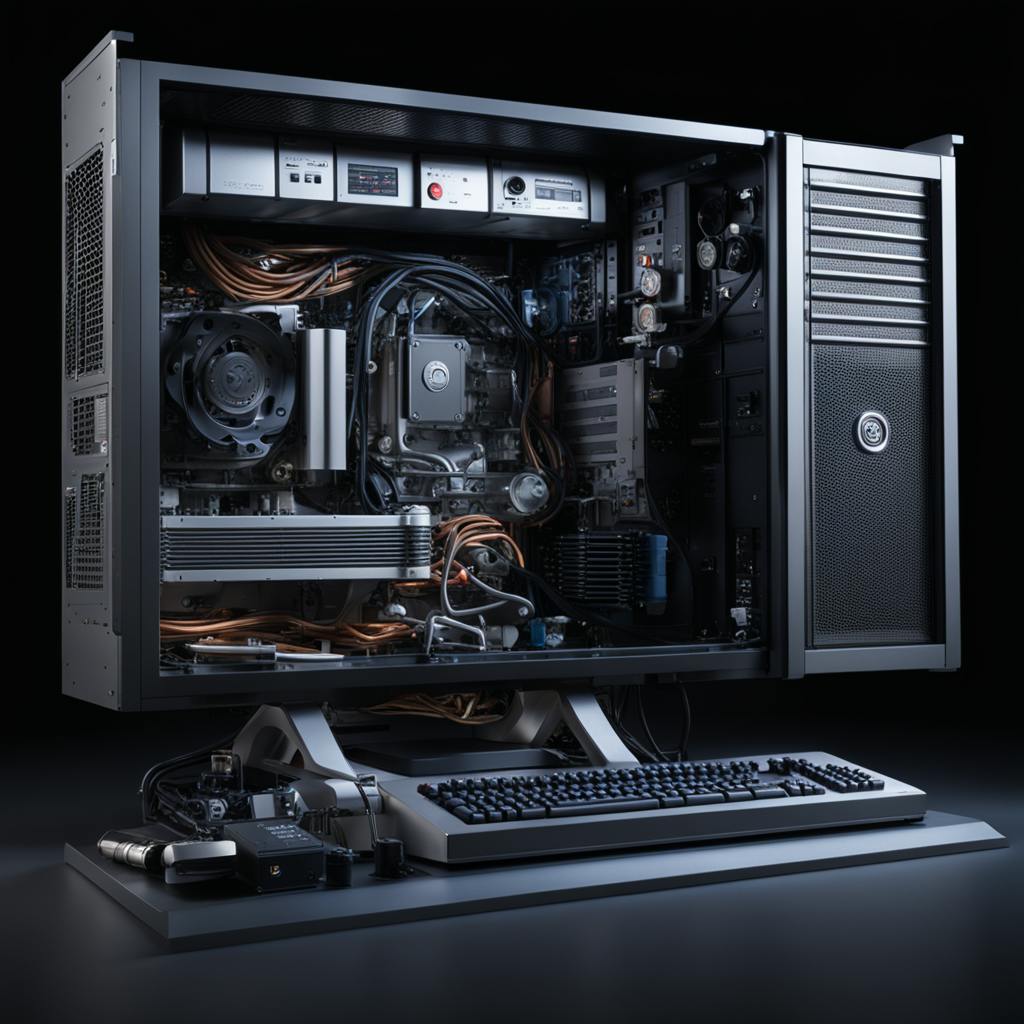In today’s fast-moving world of digital design, Figma has become one of the most popular tools for creative teams. Whether you’re a seasoned designer, a product manager, or part of a marketing team, chances are you’ve come across Figma. This cloud-based Figma design tool makes it easy for teams to collaborate on projects in real time. But what is Figma used for exactly? In this article, we’ll explore how Figma improves the design workflow, supports cross-functional teamwork, and serves as a flexible platform for a wide range of creative needs.
What is Figma?
At its core, Figma is a cloud-based design tool that lets multiple people work on the same project at the same time. Known for its easy-to-use interface and powerful features, Figma runs completely in your web browser. This means there’s no need to download software, making it simple to access and update your designs from anywhere.
Key Uses of Figma
Design collaboration
One of Figma’s most useful features is its real-time collaboration. Unlike older tools that required saving and sending files back and forth, Figma lets multiple people work on a design at the same time. Users can comment, make edits, and see updates instantly. This makes it easier for teams to stay aligned, improve ideas quickly, and work together from anywhere. As a result, Figma stands out as a top choice for design collaboration across teams.
Prototyping
Figma also makes it simple to build interactive prototypes without needing extra software. You can add transitions, animations, and test how designs work on different devices. This is especially helpful when showing ideas to clients or stakeholders. As a team design software, Figma helps teams present polished, working designs that look good and function well.
UI design
Figma is a favorite among UI designers because of its smart tools like grids, auto layout, and vector editing. These features help create clean, consistent interfaces faster. Designers can quickly build, test, and adjust layouts, making the whole UI design process smoother. Whether you’re building a web app or mobile interface, Figma helps you get it done with speed and style.

AI made with Christophe Vacher
User experience (UX) design
Figma isn’t just for designing how things look — it also helps teams plan how users interact with a product. UX designers can use Figma to create wireframes, user flows, and personas to map out the full user journey. These tools help teams focus on building products that are simple and enjoyable to use. Because Figma makes it easy to share work and get instant feedback, it has become a go-to design collaboration tool for UX professionals.
Design systems
Figma is also popular for creating and managing design systems. These systems include reusable parts like buttons, icons, and color styles that help keep branding consistent. Teams can build shared libraries in Figma and use them across many projects, which speeds up design work and helps everyone stay on the same page. This makes Figma a reliable choice for both small teams and large organizations looking to scale design efficiently.
Frequently Asked Questions (FAQ) About Figma
How does Figma compare to Adobe XD and Sketch?
Figma stands out because it works fully online and allows real-time collaboration. Unlike Adobe XD and Sketch, there’s no need to manage file versions or sync across devices—everyone can work on the same file at once.
Is Figma free to use?
Yes, Figma has a free plan with enough tools for individuals and small teams. Paid plans offer extra features like advanced permissions, design systems, and team management, which are great for larger organizations.
Can you use Figma offline?
Figma is mainly cloud-based but does offer limited offline use. You can continue working if you lose connection, but your changes won’t save or sync until you’re back online.
What is Figma used for in graphic design?
Figma is known for UI and UX design, but it's useful in other areas too:
- Interface design: Build layouts, wireframes, and interactive prototypes for websites and apps.
- Graphic design: Create social media graphics, presentations, and marketing assets using Figma’s vector tools.
- Team collaboration: Multiple users can design and comment in real time, making teamwork smooth.
- Design systems: Reuse components and styles to keep branding consistent across all projects.
How does Figma support UI/UX design?
Figma simplifies every step of the UI/UX process:
- Live collaboration: Designers, developers, and clients can all work together in real time.
- Prototyping tools: Link screens and add interactions to test ideas before development.
- Reusable components: Design once and update across your project with a single change.
- Version control: Go back to earlier versions easily—no extra software needed.
- Access anywhere: Use Figma on any device with a browser and internet connection.

AI made with Christophe Vacher
What Are the Key Features of Figma?
Figma offers a range of features that support fast, flexible, and collaborative design work. Here are some of the most commonly used:
- Vector networks make drawing and editing complex shapes more flexible than traditional vector tools.
- Auto layout helps create responsive designs that adjust automatically to screen size or content.
- Plugins extend Figma’s functionality—offering tools for asset management, automation, and integrations.
- Design systems allow teams to build reusable styles and components for consistent branding across projects.
- Interactive prototypes let you simulate user flows with clickable elements, animations, and overlays.
- Commenting tools enable real-time feedback directly on the design—no more endless email threads.
- Flexible file support means you can easily import and export in formats like SVG, PDF, and PNG.
How Does Figma Improve Design Projects?
Figma helps teams work faster and more effectively by streamlining the entire design process:
- Real-time collaboration keeps everyone aligned. Designers, developers, and stakeholders can work together at the same time, no matter where they are.
- Reusable components speed up design work and keep everything consistent across screens and products.
- Feedback is built in, so teams can leave comments directly on a file—reducing delays and simplifying review cycles.
- Interactive prototypes help test ideas early with users before development starts.
- Smooth handoff to developers is made possible with Figma’s inspect tools and integrations with apps like Zeplin or JIRA.
- Centralized asset management keeps design files organized and branding consistent across your team.
What is Figma used for? It’s more than just a design tool—it’s a full platform for interface design, prototyping, and collaboration. Whether you're designing a website, mobile app, or marketing materials, Figma helps teams work smarter and deliver better results.
Conclusion
Figma is a versatile, cloud-based tool used for everything from UI/UX design to prototyping and team collaboration. Whether you’re a seasoned designer or part of a cross-functional team, Figma streamlines workflows and improves communication. If you’ve been wondering what Figma is used for, the answer is simple: it’s a one-stop platform for creating, sharing, and refining great design—together.

